71296
PhosphoSafe Extraction Reagent
Novagen′s PhosphoSafe Extraction Buffer efficiently extracts cytosolic proteins from mammalian and insect cells while preserving their phosphorylation state.
Synonym(s):
Protein Extraction Reagent
About This Item
Recommended Products
Quality Level
form
liquid
manufacturer/tradename
Novagen®
storage condition
OK to freeze
technique(s)
immunoblotting: suitable
application(s)
sample preparation
shipped in
dry ice
storage temp.
−70°C
Related Categories
General description
Features and Benefits
- Phosphorylation state preserved during extraction
- Compatible with kinase assays
Warning
Other Notes
Legal Information
Storage Class
12 - Non Combustible Liquids
wgk_germany
WGK 2
flash_point_f
Not applicable
flash_point_c
Not applicable
Certificates of Analysis (COA)
Search for Certificates of Analysis (COA) by entering the products Lot/Batch Number. Lot and Batch Numbers can be found on a product’s label following the words ‘Lot’ or ‘Batch’.
Already Own This Product?
Find documentation for the products that you have recently purchased in the Document Library.
Customers Also Viewed
Our team of scientists has experience in all areas of research including Life Science, Material Science, Chemical Synthesis, Chromatography, Analytical and many others.
Contact Technical Service










